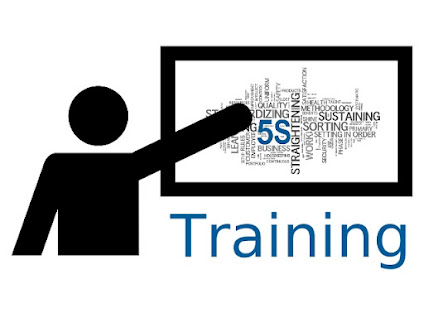Enhance Your Quality Management Toolkit: 7 QC Tools Training Essentials
For any business, quality control is essential for success. Quality control ensures that products and services are of the highest standard. To help businesses maintain their standards, there are 7 QC Tools Training Essentials to enhance your quality management toolkit.
The seven tools include: Cause & Effect Diagrams (Fishbone), Pareto Charts, Control Charts, Histograms & Frequency Distributions Graphs (Bar Chart or Pie Chart), Scatter Plots/Graphs/Diagrams, Check Sheets, and Flowcharts. These tools can be used in production processes to identify problems or areas of improvement before they become major issues in the future. Each tool has its own unique purpose, and when combined, they create a powerful system for improving product or service quality within an organization's operations process flowchart diagram.
Also Read: 5s Training
The first step is understanding how each individual tool works so you can use them effectively as part of your overall strategy for achieving high-quality outcomes across all aspects of your operations process flowchart diagram. For example, a cause & effect diagram helps identify root causes behind specific problems; Pareto charts prioritize tasks based on importance; Control charts monitor performance over time; Histograms analyze data distribution patterns while frequency distribution graphs visualize differences between values, etc. All these different techniques have been designed with one goal in mind – helping organizations achieve better results through improved efficiency and productivity levels achieved by eliminating defects from their processes quickly without compromising on safety standards.
By investing time in learning about these 7 QC tools training essentials, you will be able to develop a more comprehensive approach towards managing risk associated with producing goods or delivering services that meet customer expectations consistently over long periods of time - something which no other single technique could do alone! This type of knowledge also provides valuable insight into how well certain systems work relative to others, allowing managers to make informed decisions regarding where resources should be allocated most effectively going forward too!




Comments
Post a Comment